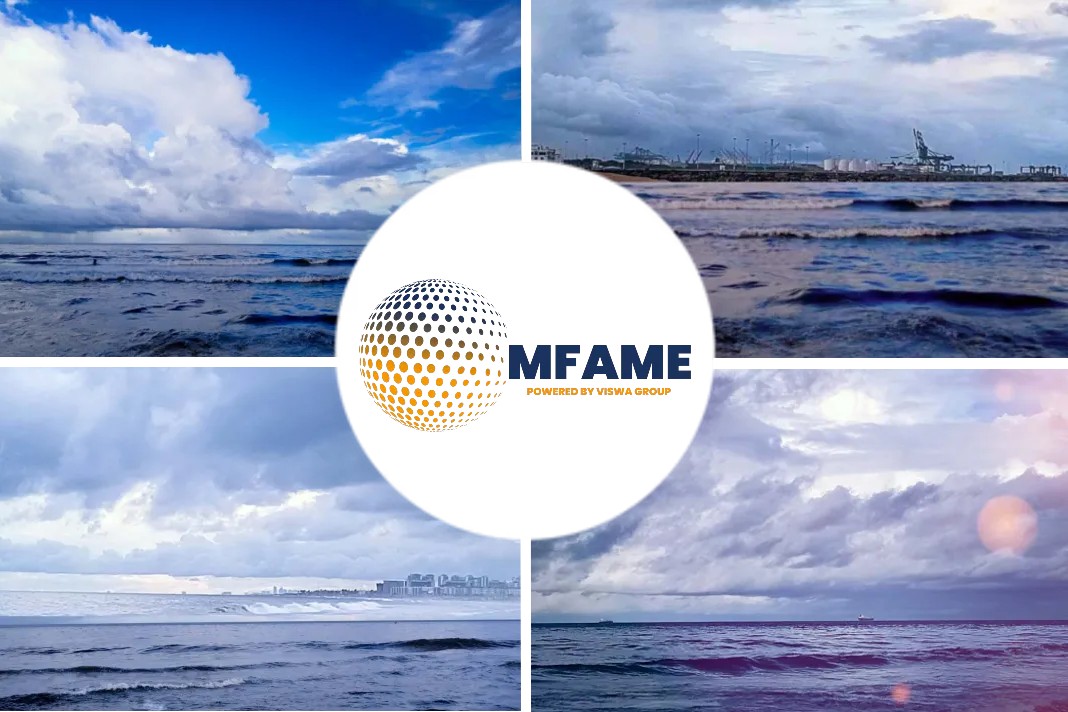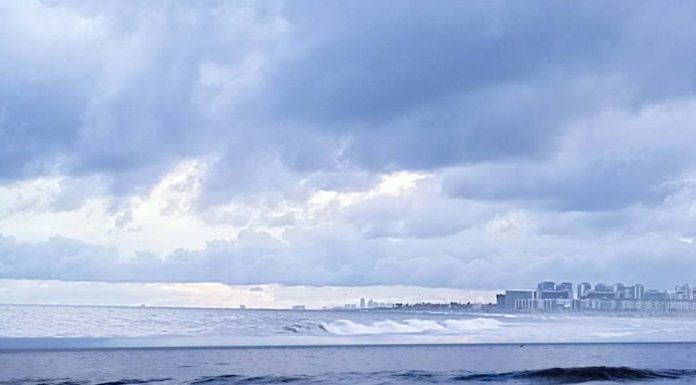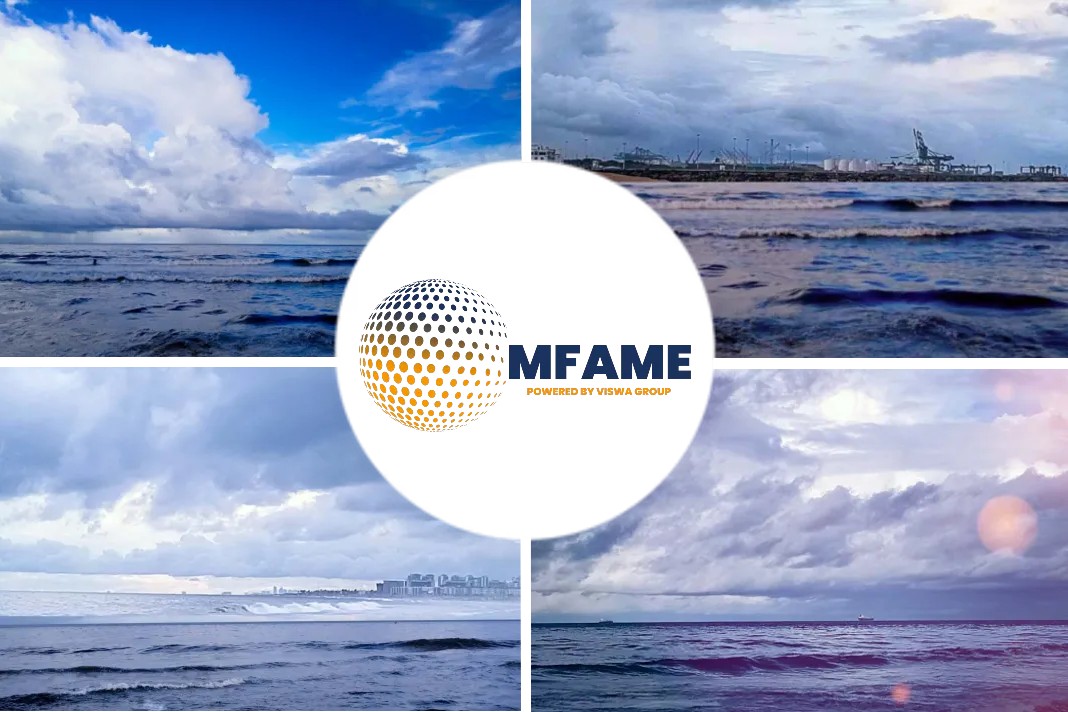Maersk’s third quarter is characterised by improved profitability across the business. Earnings before interest, tax, depreciation and amortization (EBITDA) improved 14% to USD 1.7bn in the quarter, reflecting an increase in EBITDA margin to 16.5%, says an article published on its website.
- Revenue decreased slightly by 0.9% to USD 10.1bn.
- Operating cash flow increased by 25% to USD 1.7bn with a cash conversion ratio of 105% and free cash flow before capitalized lease payments was USD 1.5bn.
Strong Free Cash Flow
“While the global container demand, as expected, was lower in Q3 due to weaker growth in the global economy, A.P. Moller – Maersk continued to improve the operating results. We delivered strong free cash flow and a return on invested capital of 6.4% as a result of strong operational performance in Ocean, higher margins in Terminals and solid earnings progress in Logistics & Services,” says Søren Skou, CEO of A.P. Moller – Maersk, and continues:
“The strong performance for the quarter combined with our expectations for the rest of the year, led to the recent upgrade of our earnings expectations for 2019. We will continue our focus on profitability and free cash flow in Q4 and into 2020.”
Increased Earning Expectations
EBITDA in Ocean improved 13% to USD 1.3bn and EBITDA margin increased to 17.4%, reflecting the focus on profitability through capacity management and operational performance which mitigated lower freight rates and modest volume growth in Q3 of 2.1%. Revenue was USD 7.3 which is on par with Q3 last year.
- Terminals & Towage reported an increase in EBITDA to USD 313m and an increase in revenue of 5.8% to USD 986m in the third quarter.
- In gateway terminals, the increase in EBITDA of 33% to USD 261m and a margin of 31.7%, was driven by a volume growth of 9.2%, which contributed to higher utilization, combined with stronger cost efficiency.
- Logistics & Services progressed with gross profit up 13% to USD 336m following increased activities in intermodal and warehousing & distribution, however partly offset by lower revenue in air and sea freight forwarding.
- The improved gross profit lead to an increase in EBITDA of 34% to USD 94m and an EBITDA margin of 5.8% and an EBIT conversion ratio of 17.5%.
- Net interest-bearing debt decreased further to USD 12.1bn at the end of Q3 (USD 12.9bn at end Q2 2019) after buying back shares of USD 363m as part of the share buy-back programme announced in May 2019.
Solid progress despite market uncertainties
As part of the strategic target to become more balanced in earnings between the Ocean and non-Ocean partly through cross-selling of end-to-end and digital services, Maersk continues to develop products and services for customers, resulting in high customer satisfaction.
“I am pleased with the progress on the transformation of A.P. Moller – Maersk. We are making progress across multiple fronts including our digital transformation and growth in our land-based logistics products and terminals business,” says Skou.
- Looking at the measurements of the development in the transformation this quarter, Maersk reports a cash return on invested capital improvement (CROIC) of 13.4% in Q3 from 9.0% in the same period last year.
- Furthermore, non-Ocean revenue increased 3.7% in Q3 2019, driven by strong growth in the gateway terminals and growth within the strategic integrated parts of Logistics & Services such as intermodal and warehousing.
- The improved profitability led to an increase in return on invested capital (ROIC) to 6.4% from negative 0.2% in the same quarter last year.
We still need to improve on profitability and return, and we continue to take measures across the business to fund the next stages of the transformation and maintain cost leadership.
Guidance for 2019
- As announced on 21 October 2019, A.P. Moller – Maersk now expects EBITDA for 2019 in the range of USD 5.4 – 5.8bn, from the previously communicated USD 5bn range.
- The organic volume growth in Ocean is now expected to be slightly below the estimated average market growth, which is now expected to be in the range of 1-2% for 2019 compared to previously an expected market growth of 1-3%.
- Guidance is maintained on gross capital expenditures (CAPEX) of around USD 2.2bn and a high cash conversion (cash flow from operations compared with EBITDA).
- CAPEX for 2020-2021 accumulated for the two years is expected to be USD 3-4bn.
The guidance continues to be subject to uncertainties due to the weaker macroeconomic conditions and other external factors impacting container freight rates, bunker prices and foreign exchange rates.
Did you subscribe to our daily newsletter?
It’s Free! Click here to Subscribe!
Source: Maersk















